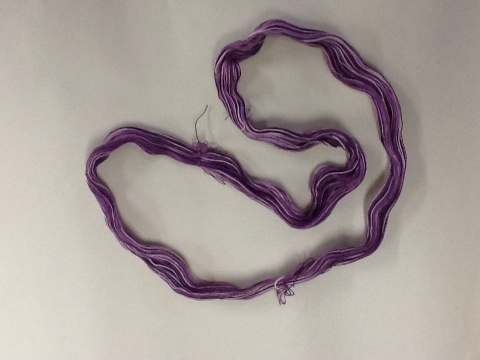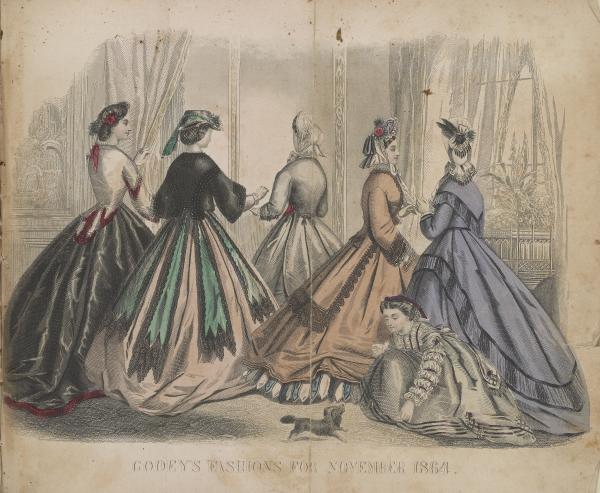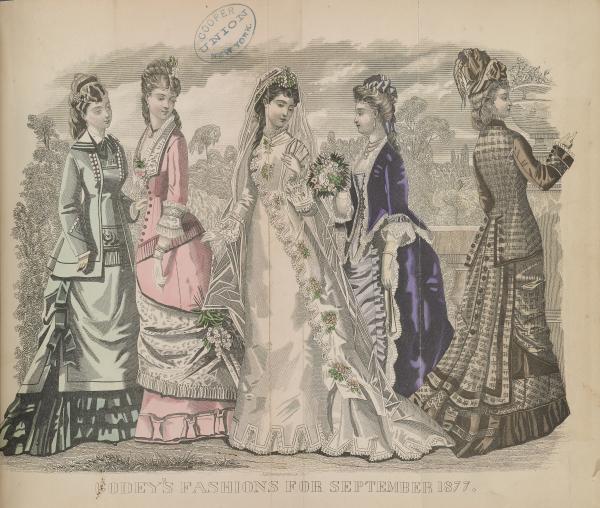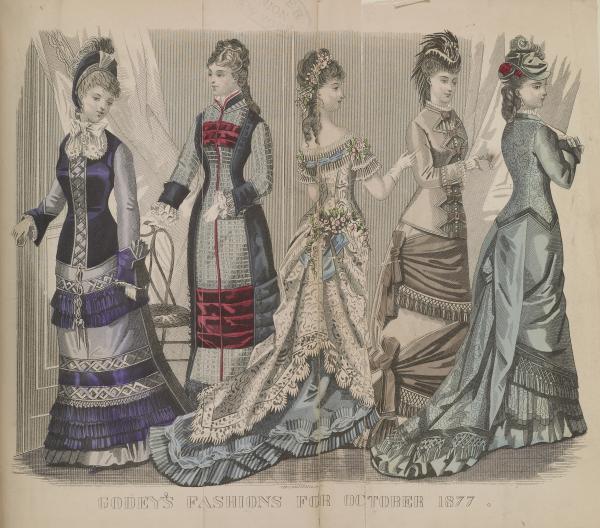Making Color
Making Color
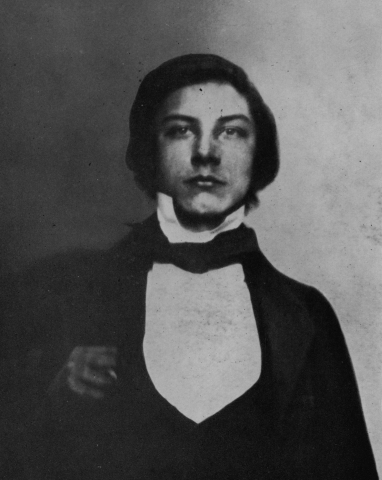
|
|
William Henry Perkin (1838–1907)
Self-portrait photo at age 14 Courtesy of the Chemical Heritage Foundation |
Until the mid-1800s, all dyes came from natural sources, such as insects, roots, or minerals. Producing them was difficult and expensive.
In 1856, an 18-year-old English chemist, William Henry Perkin, accidentally discovered one of the first synthetic dyes. In search of a treatment for malaria, Perkin experimented with coal tar, a thick, dark liquid by-product of coal-gas production. His experiment failed but left behind an oily residue that stained silk a brilliant purple. He called the dye mauveine.
Perkin’s purple changed history. He applied for a patent and abandoned the lab for the path of manufacturing. He paved the way for modern chemistry to move into industrial applications, and indirectly led to advances in modern medicine, explosives, photography, and plastics.

|

|

|
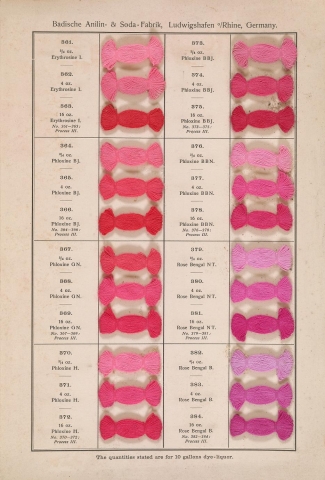
|
Synthetic dyes became big business after 1860, with Germany in the lead. This BASF dye sample catalog displays the vibrant variety of new synthetic colors. Founded in Germany in 1865 to manufacture dyes, BASF is one of the oldest chemical companies in existence today.
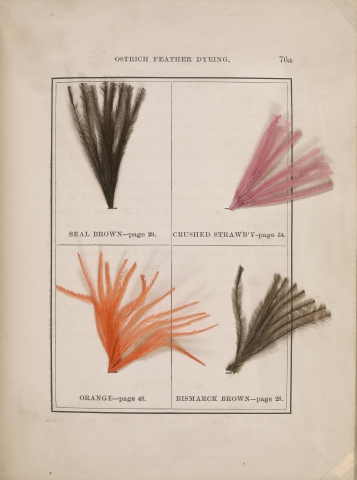
|

|
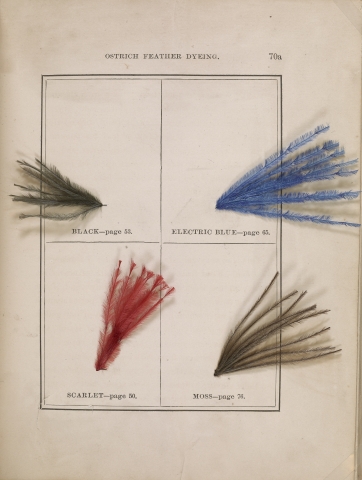
|
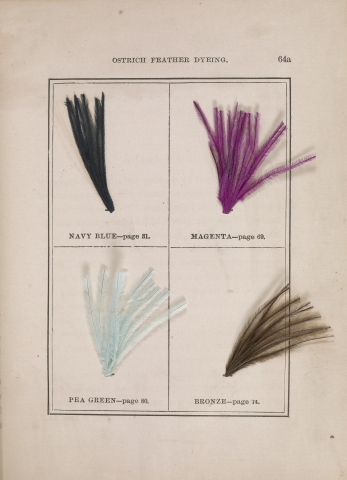
|
|
Alexander Paul
The Practical Ostrich Feather Dyer Philadelphia, Pa.: Published by Mrs. Dr. M. Frank, 1888 |
|||
You don’t need to be a chemist to dye feathers! This instruction manual provides “simple” recipes using natural and synthetic dyes, encouraging readers to pursue the “profitable business” of feather dyeing. Ostrich feathers were a major fashion accessory in the late 1800s and early 1900s, adorning hats and dresses.


